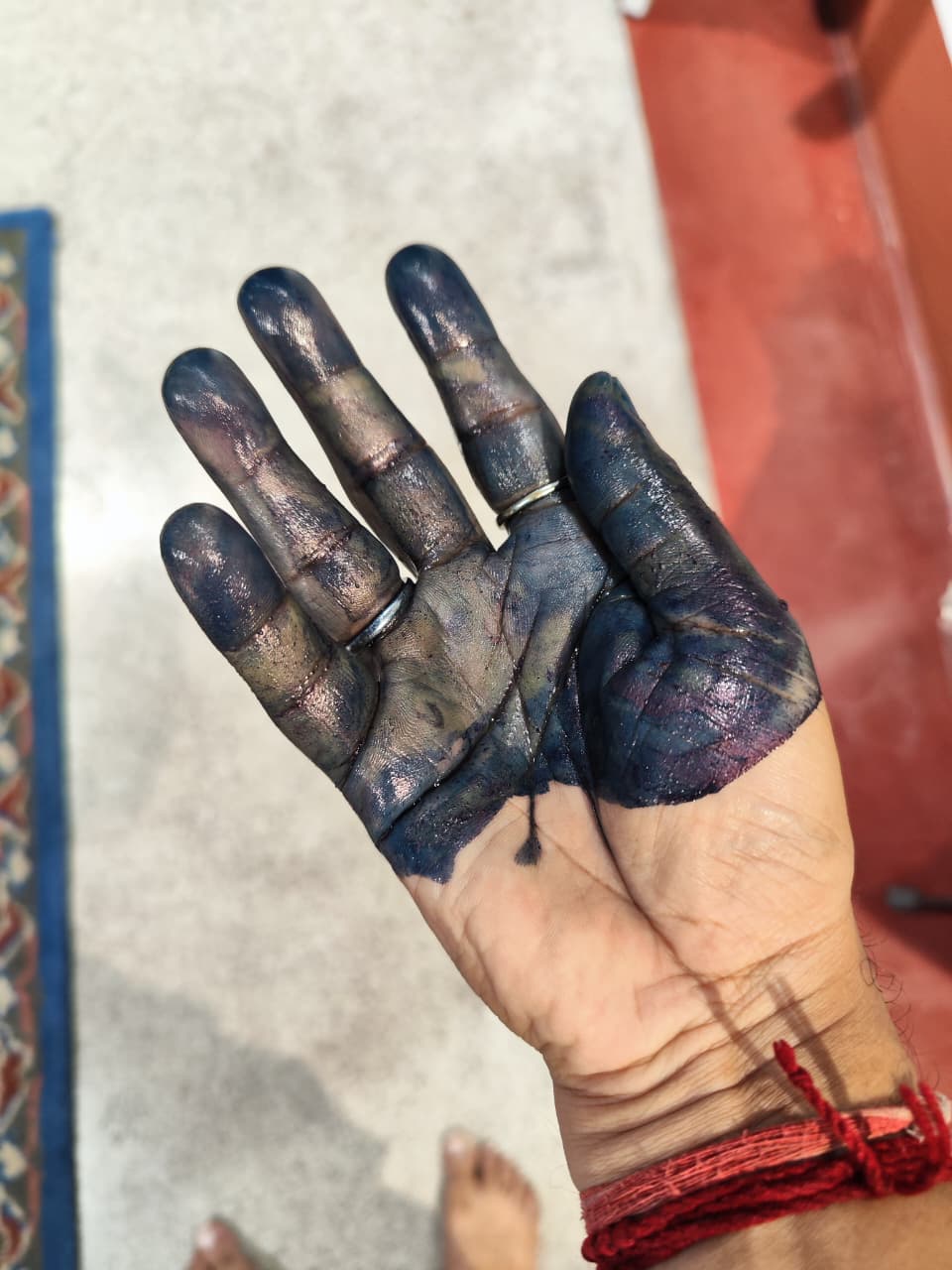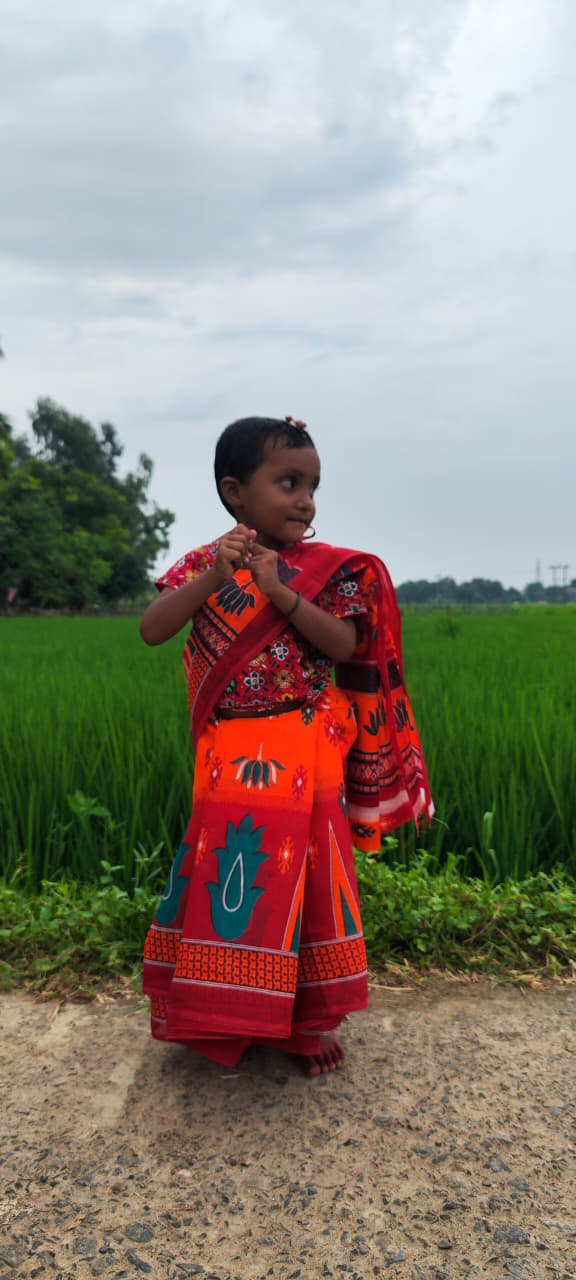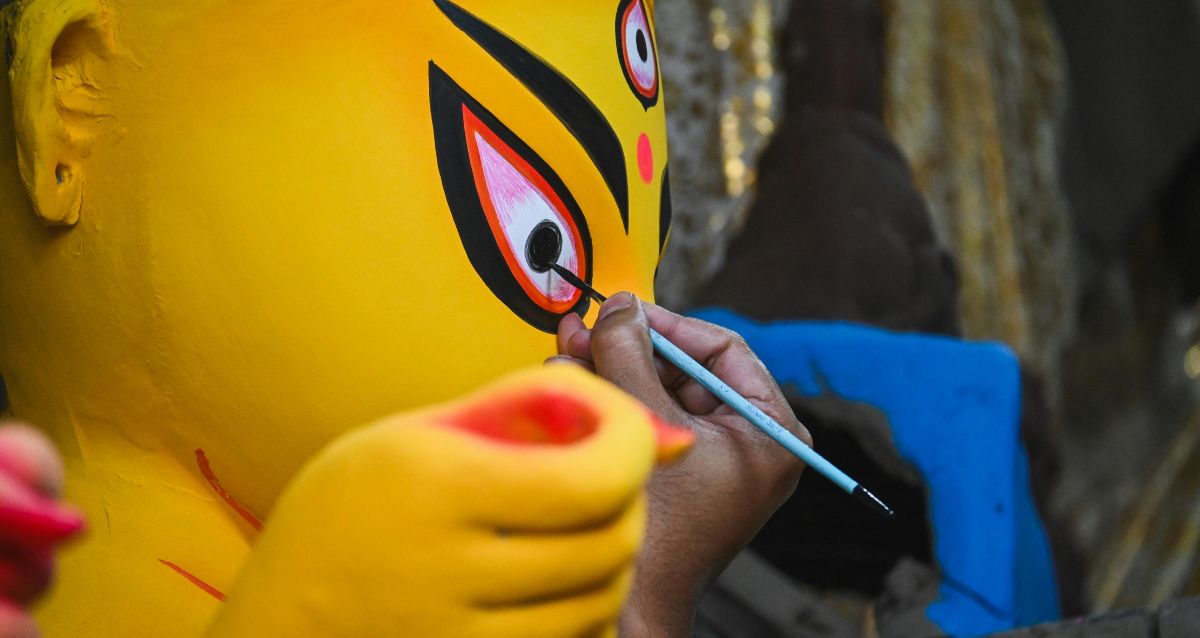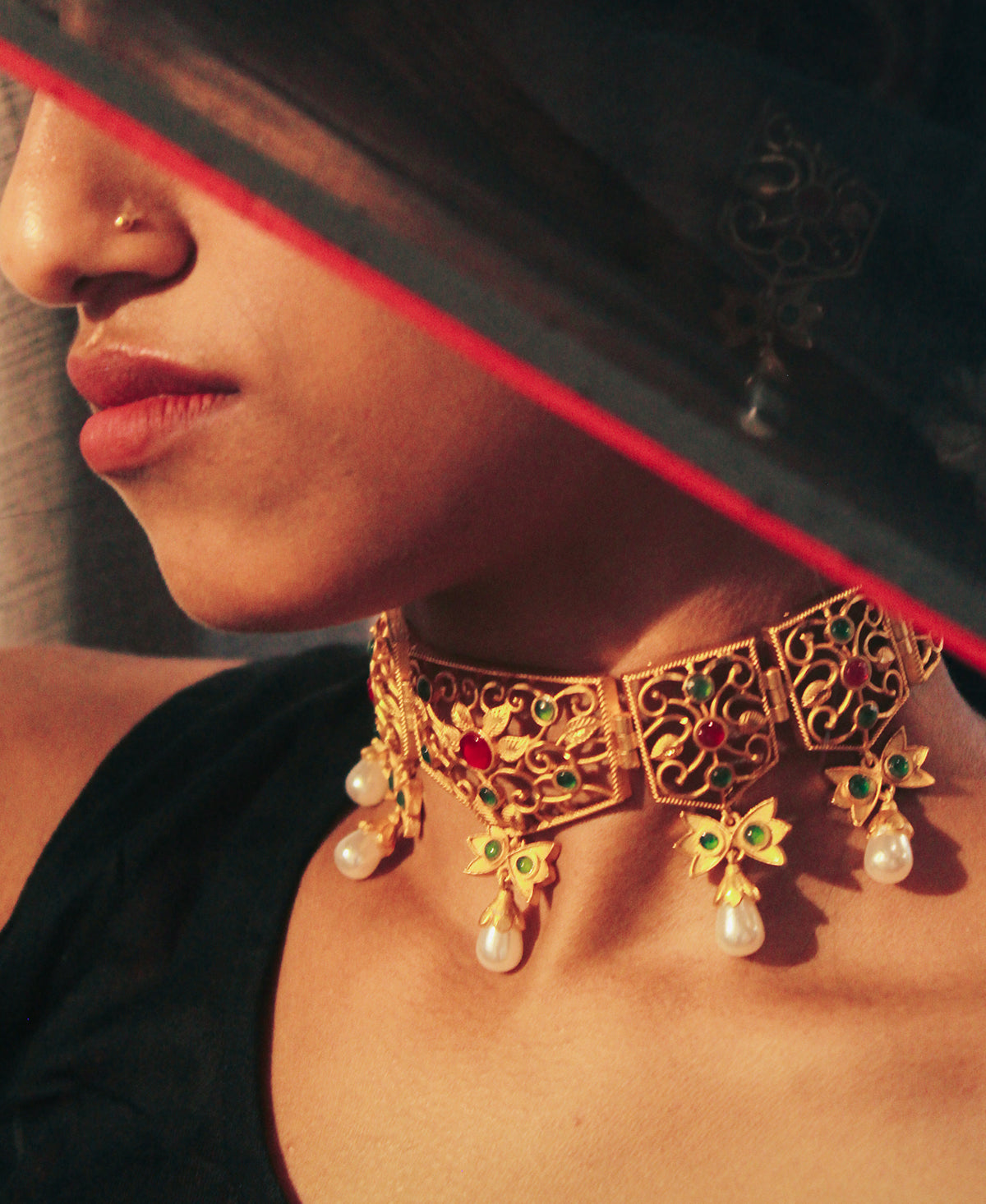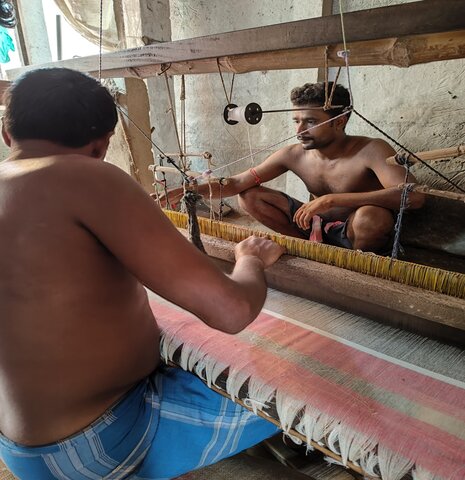যা চণ্ডী মধুকৈটভাদিদৈত্যদলনী যা মাহিষোন্মূলিনী
যা ধূম্রেক্ষণচণ্ডমুণ্ডমথনী যা রক্তবীজাশনী ।
শক্তিঃ শুম্ভনিশুম্ভদৈত্যদলনী যা সিদ্ধিদাত্রী পরা
সা দেবী নবকোটীমূর্তিসহিতা মাং পাতু বিশ্বেশ্বরী ।।
As the hymns of Mahalaya fill the air and Birendra Kishor Bhadra’s enchanting voice breaks the silent monotony of daybreak, there is a whisper of “মা আসছেন |” (Maa is coming home). For every Bengali, this is a time of new beginnings. Welcoming their beloved daughter, Maa Durga, home for five days of festivities and joy is what one looks forward to. I am no different. For me, Durga Puja isn’t just a celebration of prayer. It is a festival of art. I love the happiness that the beats of the dhaak bring with them, with the swaying kash phool reminding us of blissful days ahead. The energy around is eclectic, and the memories being made; unmatched. As the city gets decked in streams of colours, and along with Maa, all her children descend on Earth, there’s a feeling of euphoria all around.
Over the years, I’ve seen how this festival has imbued in itself a sense of inclusivity. Today, it is no longer limited to Bengalis alone; every community in Bengal celebrates this festival with heart. The spirit of puja has moved much beyond West Bengal, with the country choosing to join in the fervour. Such is the energy of the Divine that people living outside Bengal often plan their visit to Bengal during this time, simply to immerse themselves in the celebration. It’s a story that’s been shared by many during my visits outside Bengal for work.
 Having worked in the handloom industry for the past 14 years, I can’t help but wonder why I haven’t created a special collection that’s solely dedicated to Durga Puja. Truth be told, the festival holds immense sentimental value, but the sector I work with is very unorganised. And since I follow the philosophy of slow-made products, planning a dedicated Puja collection would require at least two years’ worth of planning and financial backing, both of which I honestly do not have.
Having worked in the handloom industry for the past 14 years, I can’t help but wonder why I haven’t created a special collection that’s solely dedicated to Durga Puja. Truth be told, the festival holds immense sentimental value, but the sector I work with is very unorganised. And since I follow the philosophy of slow-made products, planning a dedicated Puja collection would require at least two years’ worth of planning and financial backing, both of which I honestly do not have.
The process I work with is quite straightforward. I make designs and then help them come to life on the loom. Thereafter, I upload them to my website or display them at exhibitions, from where they get sold out. The earnings from those sold-out pieces then go towards my next project. So on and so forth, the cycle continues.
Personally, I’ve never had the urge to design something with obvious motifs that are synonymous with Pujo, like kash phool or lotus. Thanks to social media, I often notice the countless beautiful creations that every brand and designer painstakingly launches for Puja. Every sector puts forward its best efforts, and the results are truly stunning. As for me, I find contentment in knowing that I can offer my clients new products throughout the year, instead of making them wait for that ‘one’ special collection during Puja.
 Because sometimes, when a client comes up to me all excited, in the middle of the year and says, “Ei saree ta pujor somoy porbo” (I will be wearing this saree during pujo), I can’t help but smile. For in a way, my creations, although not designed keeping Pujo specifically in mind, still become a part of the celebration of Maa.
Because sometimes, when a client comes up to me all excited, in the middle of the year and says, “Ei saree ta pujor somoy porbo” (I will be wearing this saree during pujo), I can’t help but smile. For in a way, my creations, although not designed keeping Pujo specifically in mind, still become a part of the celebration of Maa.



